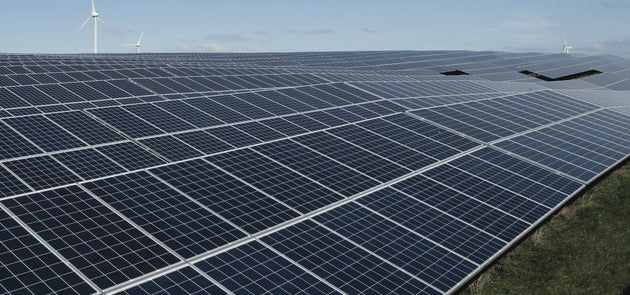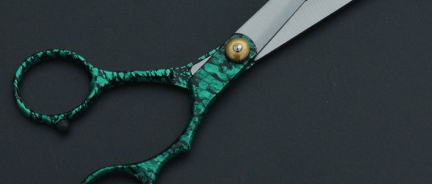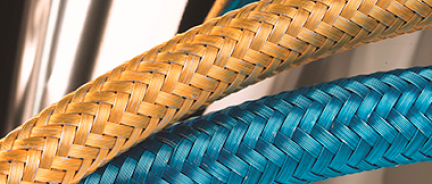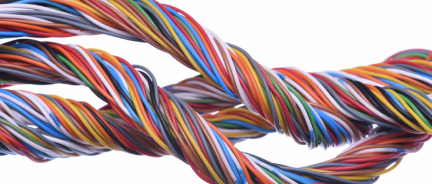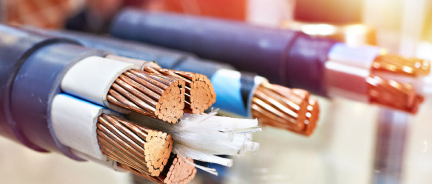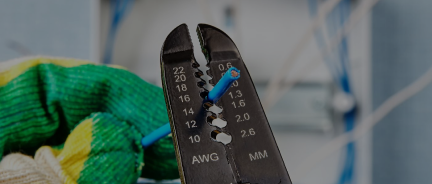NEC Requirements for Indoor Wiring
The 2023 version of the National Electrical Code (NEC) provides rules on how indoor electrical outlets and wiring must be installed. Here’s a comprehensive, room-by-room guide to indoor wiring:
General NEC Rules for Indoor Outlets and Wiring
-
Outlets must be installed so that no point along the wall line in any habitable room is more than 6 feet from a receptacle. This prevents the need for extension cords, which pose fire and trip hazards.
-
Any wall at least 2 feet wide must have an outlet, even if it seems too narrow for furniture. This avoids dead zones where you might later want to plug in a device like a lamp or vacuum.
-
Hallways over 10 feet long must have at least one receptacle for functional access.
-
Floor-mounted outlets are permitted if they are no more than 18 inches from the wall and do not substitute for required wall outlets.
-
GFCI protection is required for receptacles in locations where moisture is present: kitchens, bathrooms, laundry rooms, garages, unfinished basements, outdoors, and near pools or spas. GFCIs detect current imbalance and trip to prevent shocks.
-
AFCI protection is required for almost all 15A and 20A receptacles in habitable areas, including bedrooms, family rooms, dining rooms, and hallways. AFCIs detect arcing from damaged wiring and help prevent electrical fires.
-
Tamper-resistant (TR) outlets are required in all accessible areas below 66 inches from the floor, even in homes without children. These outlets prevent accidental insertion of objects by using internal shutters.
-
Push-in wiring (also called “backstabbing”) is only allowed for 14 AWG copper in devices listed for it. It’s faster but less secure than screw terminals, which are preferred for long-term safety and durability.
-
The NEC doesn’t mandate outlet height, but 12–18 inches above the finished floor is standard. Switches are typically placed at 48 inches.
-
Receptacle ratings must match the circuit. A 20A circuit may have multiple 15A outlets, but a single 20A outlet cannot be used on a 15A circuit due to the risk of overloading.
-
For 15A circuits, use 14/2 NM-B copper cable. For 20A circuits, use 12/2 NM-B. For 30A dryer circuits, use 10/3 NM-B with ground.
-
If using a multiwire branch circuit, both hot conductors must be disconnected together using a handle tie or double-pole breaker to ensure safe servicing.
-
Receptacles serving countertops or sinks must not be installed face-up in horizontal surfaces to avoid liquid ingress and safety hazards.
Living Rooms, Bedrooms, Family Rooms, Dining Rooms, Hallways
-
Receptacles must be placed every 12 feet along walls, so no point is more than 6 feet from a plug.
-
Walls 2 feet wide or more must include a receptacle.
-
AFCI protection is required for all outlets in these rooms.
-
Circuits may be rated 15A or 20A, depending on the anticipated load. Use 15A for low-demand areas like bedrooms, and 20A for spaces with heavier usage, like entertainment zones.
-
Use 14/2 NM-B cable for 15A circuits and 12/2 NM-B for 20A.
-
Dining rooms with microwaves, A/C, or bars may need a separate 20A circuit.
-
A wall switch must be located near the room entry to control lighting or a plug-in lamp.
-
Staircases require 3-way switches at the top and bottom. For landings or turns, add additional lighting fixtures if needed.
-
Hallways longer than 10 feet require at least one receptacle and must have lighting controlled from both ends with 3-way switches.
Kitchens
-
Outlets must be placed so that no point along the countertop is more than 24 inches from a receptacle. This means spacing them no more than 48 inches apart. The rule is based on typical cord lengths of small appliances.
-
Any section of countertop at least 12 inches wide must have an outlet.
-
Receptacles must not be placed more than 20 inches above the counter surface unless needed for accessibility or island/peninsula configurations.
-
At least two 20A small-appliance branch circuits are required for countertop and wall receptacles. These may not serve as lighting or for other rooms.
-
Use a 12/2 NM-B cable for each 20A appliance circuit.
-
Large appliances (fridge, microwave, dishwasher, disposal) generally require their dedicated circuits, based on wattage.
-
All countertop receptacles must be GFCI-protected.
-
AFCI protection is also required in kitchens under NEC 2020.
-
TR outlets are mandatory except when installed behind large appliances or above 66 inches.
Bathrooms
-
A GFCI-protected outlet must be installed within 3 feet of the sink’s outer edge. It’s recommended to place it above and to the side of the basin, not directly behind it.
-
A 20A dedicated branch circuit is required for bathroom receptacles. It may serve multiple bathrooms, but not lighting or other outlets.
-
Use 12/2 NM-B cable for the 20A circuit.
-
GFCI protection may be provided via a receptacle or a GFCI breaker. A breaker protects all downstream outlets on the same circuit.
-
AFCI protection may also be required, depending on your jurisdiction.
Laundry Areas
-
One 20A dedicated circuit is required for the laundry area. This circuit must serve only laundry equipment.
-
Use 12/2 NM-B cable for the washing machine or gas dryer.
-
An electric dryer requires its own 30A, 240V circuit, wired with 10/3 NM-B and ground.
-
All laundry receptacles must be GFCI-protected, regardless of their location.
Basements (Unfinished)
-
At least one outlet is required in unfinished basements, typically near stairs, laundry equipment, or a workbench.
-
All receptacles in unfinished basements must be GFCI-protected due to high moisture risk.
-
NM-B cable may be used if installed through framing or protected behind drywall.
-
If the cable is surface-mounted or exposed, it must be upgraded to MC cable or THHN conductors in EMT conduit.
-
THHN in conduit is often preferred for unfinished basements, as it offers excellent durability and moisture resistance and allows multiple circuits in one raceway.
-
Cables must be secured within 12 inches of boxes and every 4.5 feet along the run.
Garages
-
Each car bay must have at least one receptacle.
-
A 20A dedicated circuit is required for garage receptacles. This circuit may also serve outdoor outlets mounted on the garage exterior.
-
Use 12/2 NM-B cable for concealed installations. Use MC or THHN in EMT for surface-mounted or exposed wiring.
-
All garage outlets must be GFCI-protected.
-
At least one switch-controlled light is required. 3-way switches are recommended when the garage has multiple access points.
Closets
-
Surface-mounted fixtures must be on the ceiling or above the door frame.
-
Incandescent or LED fixtures must be at least 12 inches from storage areas (6 inches for recessed).
-
CFL fixtures can be as close as 6 inches.
-
Fixtures must have enclosed bulbs to reduce fire risk.
-
NEC requirements for closets apply only to lighting. There is no code requirement to install outlets or switches in closets.
-
If a receptacle is added, it must follow general room requirements, including AFCI protection if required by room type.
-
A switch controlling the closet light may be installed inside or outside the closet, or replaced with an occupancy sensor.


Final Protection & Upgrade Notes
-
AFCI protection is required for nearly all 15A and 20A circuits in living spaces, dining rooms, and hallways. It must be added when replacing receptacles in affected areas, even in older homes.
-
You may add AFCI protection using:
-
An AFCI breaker (best for protecting the entire circuit)
-
An AFCI receptacle (protects one location)
-
A combination AFCI/GFCI receptacle (used where both protections are required)
-
Tamper-resistant (TR) receptacles are required on all standard wall outlets lower than 66 inches. Exemptions include:
-
Outlets behind large appliances.
-
Outlets part of a light fixture.
-
Outlets 66 inches or higher from the floor.
At Nassau National Cable, we sell indoor electrical wires, including NM-B, MC, and THHN cables suitable for residential branch circuits, lighting, outlets, and more.















